In the heart of the Philippines, a dining tradition thrives that defies modern conventions of cutlery and individual plates. Known as Kamayan, this communal feast invites participants to set aside forks, spoons, and knives, embracing instead the primal connection of hand to food. The term itself, derived from the Filipino word "kamay," meaning hand, encapsulates the essence of this practice—a return to simplicity and shared humanity. More than just a meal, Kamayan is a cultural emblem, a vibrant thread in the fabric of Filipino identity that speaks to community, heritage, and the joy of eating together.
The origins of Kamayan are deeply rooted in the pre-colonial history of the Philippines. Long before Spanish galleons brought Western utensils to the archipelago, indigenous communities across the islands relied on their hands for eating. This was not merely a matter of necessity but a practice embedded in social and spiritual life. Meals were communal events, often held on banana leaves spread on the ground or on large wooden tables, where families and villages would gather after a day of labor. Food was shared from central platters, reinforcing bonds and ensuring that everyone partook equally in the bounty.
With the arrival of colonizers, the use of utensils became a symbol of civilization and status, particularly among the elite and in urban centers. However, in rural areas and among the working class, the tradition of eating with hands persisted, preserving a link to ancestral ways. In recent decades, Kamayan has experienced a renaissance, not as a relic of the past but as a proud expression of Filipino culture. It has moved from humble settings to trendy restaurants in Manila and diaspora communities worldwide, often celebrated as a nostalgic and authentic dining experience.
A typical Kamayan spread is a feast for the senses, a colorful mosaic of flavors and textures arranged on a bed of banana leaves. The foundation is usually a generous layer of steamed rice, upon which an array of dishes is artfully displayed. Grilled meats, such as pork inihaw or chicken inasal, glisten with marinades of vinegar, soy sauce, and calamansi. Seafood, like buttered shrimp or fried fish, adds a briny depth, while vegetables—perhaps ensaladang talong (eggplant salad) or ginisang monggo (mung bean stew)—provide freshness and balance. No Kamayan is complete without condiments: spicy bagoong (fermented shrimp paste) or sawsawan (dipping sauces) that allow each diner to customize their bite.
The preparation of a Kamayan feast is a labor of love, often involving the entire family or community. It begins hours before the meal, with marinating, grilling, and simmering. The banana leaves are carefully wiped clean and warmed over a flame to make them pliable and aromatic, releasing a subtle, earthy scent that will perfume the food. The assembly is methodical, almost ceremonial, with each dish placed intentionally to create a harmonious visual and gustatory experience. The result is not just food but a work of art, ephemeral yet deeply satisfying.
To partake in Kamayan is to engage in a ritual that transcends mere eating. Diners gather around the spread, often standing or sitting on low stools, and wash their hands thoroughly—a sign of respect for the food and fellow participants. There are no plates; instead, each person claims a section of the banana leaf in front of them. Using only their right hand, they take a small amount of rice, shape it into a bite-sized mound, and use it to scoop up portions of the surrounding dishes. The left hand is traditionally kept behind the back or resting on the lap, as it is considered unclean.
This manner of eating demands mindfulness. Without the barrier of utensils, one becomes acutely aware of texture and temperature—the stickiness of the rice, the crispness of the chicharon (pork rinds), the heat of freshly grilled meat. It encourages slower, more deliberate consumption, fostering conversation and connection. Laughter and stories flow as freely as the food, breaking down social barriers and creating an atmosphere of intimacy and camaraderie. In a world increasingly dominated by screens and solitary meals, Kamayan offers a precious opportunity for genuine interaction.
Kamayan is more than a culinary practice; it is a profound social glue. In Filipino culture, food is synonymous with hospitality and generosity, and Kamayan elevates this to an art form. It is common during festivals, family reunions, and significant celebrations like weddings or fiestas, where it serves as a centerpiece that brings people together. The act of sharing food from a common source reinforces equality and mutual care—there are no hierarchies at the Kamayan table, only fellow participants in a joyful abundance.
For Filipinos living abroad, Kamayan becomes a powerful tool for cultural preservation and identity affirmation. In cities like Los Angeles, New York, or Toronto, Kamayan feasts are organized by community groups and restaurants, attracting both homesick expatriates and curious foreigners. These events are not just about nostalgia; they are acts of resistance against assimilation, a way to teach the next generation about their heritage. Through the simple act of eating with their hands, participants connect with a lineage that spans oceans and centuries.
While Kamayan is deeply traditional, it is not immune to evolution. Contemporary chefs are experimenting with the format, incorporating non-traditional ingredients or presenting it in more refined settings. Some offer "Kamayan-style" brunches or fusion spreads that blend Filipino flavors with other cuisines. Despite these innovations, the core principles remain unchanged: communality, authenticity, and the tactile pleasure of hand-eating. This adaptability ensures that Kamayan remains relevant, appealing to both purists and modern food enthusiasts.
For the uninitiated, a first Kamayan experience can be both exhilarating and intimidating. The absence of utensils might feel primitive or messy, but this initial discomfort quickly gives way to liberation. There is a childlike joy in getting one's hands dirty, in engaging directly with food without mediation. Practical tips for newcomers include keeping nails short, washing hands thoroughly, and embracing the mess as part of the fun. It is also important to observe local customs, such as using only the right hand and avoiding wasting food.
Kamayan stands as a testament to the enduring power of cultural traditions in a globalized world. It challenges Western norms of dining etiquette, proposing instead a model of eating that is inclusive, sensory, and deeply human. In its emphasis on community and shared experience, it offers a antidote to the isolation of modern life. As the world rediscovers the value of sustainable and mindful practices, Kamayan's simplicity and warmth resonate more than ever, inviting everyone to gather, touch, taste, and connect.

By /Aug 20, 2025

By /Aug 20, 2025

By /Aug 20, 2025
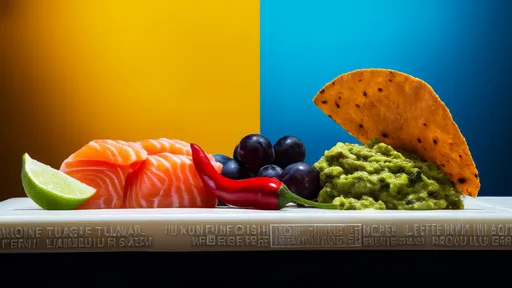
By /Aug 20, 2025

By /Aug 20, 2025

By /Aug 20, 2025
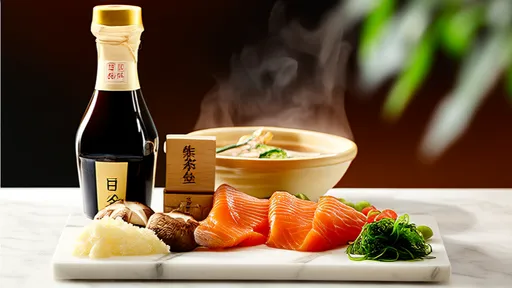
By /Aug 20, 2025

By /Aug 20, 2025

By /Aug 20, 2025

By /Aug 20, 2025
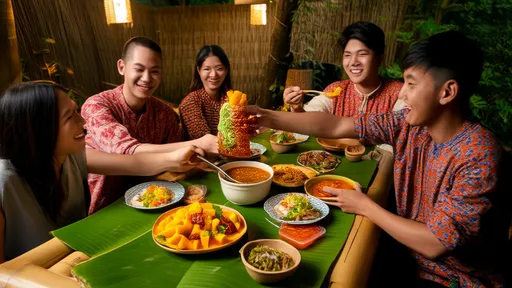
By /Aug 20, 2025

By /Aug 20, 2025
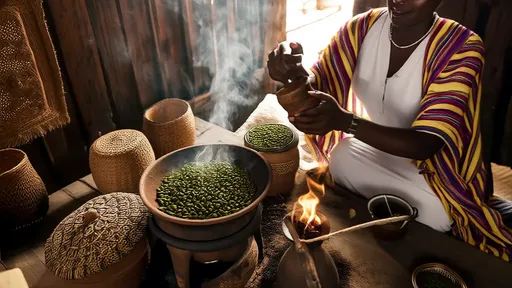
By /Aug 20, 2025
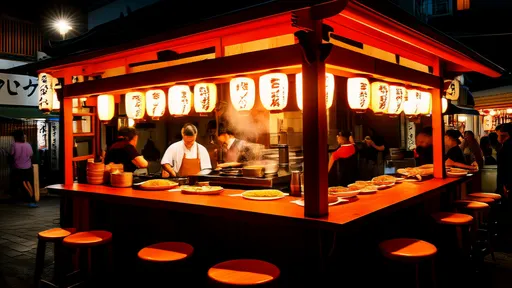
By /Aug 20, 2025

By /Aug 20, 2025

By /Aug 20, 2025

By /Aug 20, 2025

By /Aug 20, 2025
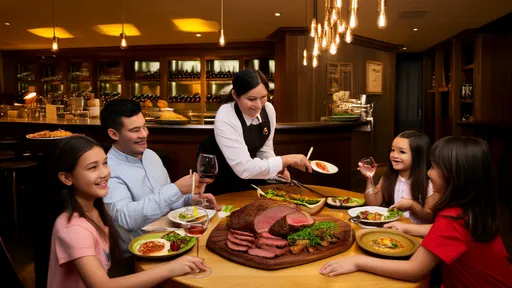
By /Aug 20, 2025

By /Aug 20, 2025